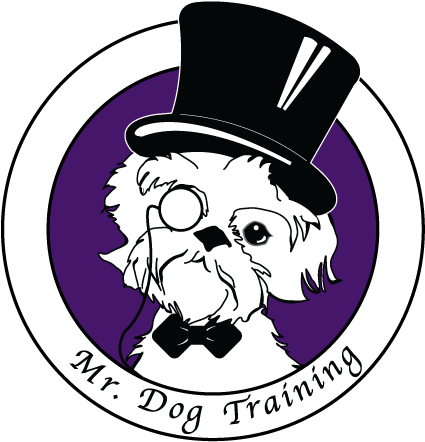Ten Things Your Dog Wants You To Know (Part 2)
As a positive reinforcement trainer, one of my top priorities when working with clients is building a bond between the dog and handler built on communication, trust, respect, and love.
With any good relationship, communication is the foundation on which the entire relationship is built so I’ve put together this list of important things that your dog would like you to know about them.
Last month I shared 1-5. Now here is the rest of the list!
6. Ask to Pet Me
We all know to ask before we pet other people’s dogs but what about our own dog? Dogs may not always be in the mood to be petted so I recommend, “asking” them. After three seconds of petting go ahead and stop, what does your dog do? Do they move towards your hand and elicit more touch or do they move away or seem content with not being petted? Also watch out for calming signals like lip licking, yawning, or turning their head away from you when you are petting. If you notice them stop what you are doing. It’s only fair that we offer them the option to not be touched.
7. It’s Not Just How You Raise Me
Genetics are the STRONGEST factor in what type of dog your puppy will grow up to be. The best predictor of whether or not a dog will be friendly, fearful, confident, or aggressive is the genetics of the parents.
Proper socialization during the imprint period as well as protecting puppies from traumatic events will all help shape the puppy that you have but we are all products of our genetics and dogs are no different.
8. Not Guilty
The idea of right and wrong, and good or bad, are very much human concepts. What we have come to think of as a guilty dog, ears pinned, tail low, head turning away, submissive grinning, are actually all signs of a dog who is afraid.
Dogs are experts at association (Otherwise known as classical conditioning, remember Pavlov?) so if your arrival home starts to signal your scolding them because they have gotten into the trash or chewed the sofa then that association is made, and your arrival will make them fearful not guilty.
So, the next time you find yourself thinking that your dog feels “guilty” think about the associations that they have made and make a change in your behavior patterns.
9. My Behavior Is Connected to My Emotions
Imagine that you are afraid of spiders. Now imagine that you are somewhere where there are spiders everywhere, maybe even a few on you. Now imagine someone is trying to learn to teach you Portuguese in this spider-infested environment? You probably wouldn’t do well because your FEAR of spiders would be your top priority, not learning to speak a different language.
Asking a dog who is uncomfortable or anxious in the presence of people, other dogs, loud noises, etc. to sit, focus on you or learn to stay when those things are around isn’t going to work well or be fair to your dog.
Making sure that your dog feels safe and comfortable is top priority before you start to train, or expect a specific behavior from them.
10. Food and Play Help Me Learn
Positive reinforcement training has been shown to make dogs happier, more willing learners and does wonders for the relationship between dog and handler.
The food or toys used as rewards will make your dog happy. Dogs being experts at association will begin to pair training with those happy things so that the simple act of asking your dog to sit or saying “yes” will make your dog just as happy as the food or toys do!
Studies show that dogs who play after a training session actually retain more then dogs who did not play after training.
Contrary to popular opinion, using a harsh tone or “correcting” a dog for failure to comply is likely to have the opposite effect, causing the dog to appear “stubborn” and necessitating the use of more force to combat the resistance.
Alternatively, the use of positive reinforcement and force free methods creates an enthusiastic learner, eager to comply for the sheer joy of performance. Train happy!
Sara Sokol is owner of Mr. Dog Training in Brunswick Maine; A positive reinforcement dog training facility, offering both virtual and in person classes, that has been voted best training in Maine for 8 years in a row..
